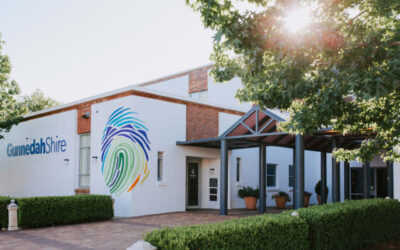Gunnedah is one of just three communities in the state taking part in a pilot program to better help the most vulnerable people in the shire cope with natural disasters.
Care2Prepare is working with communities in the Shoalhaven, Central Coast and Gunnedah areas to reduce the impacts of flood and bushfires for people with disability, older Australians and carers. Gunnedah was chosen given its recent experience with successive flood events.
Central to the program will be the development of individually-tailored emergency plans. These plans will be specific to each person and enacted during times of natural disaster.
Plans may include aspects such as what to do during an emergency, who to contact, medications required and other special needs of the individual.
Carers NSW community readiness officer and Gunnedah firefighter Tammey McAllan said the “person-centred plans” will play a vital role in assisting the individual and agencies tasked with their support.
“It’s about connection and collaboration – tailoring a plan for that person and communicating that plan to service providers, emergency services and government so everyone is aware,” she said.
To help inform the process, Carers NSW and Gunnedah Shire Council recently hosted a ‘DisAbility Planning Workshop’ for organisations, carers and people with lived experience of disability.
The event sought to gain an appreciation of barriers facing those at risk and working toward solutions.
“We need to know what people’s issues are in everyday life because we can’t do a disaster plan if we don’t know what the barriers are in their everyday life,” Ms McAllan said.
Gunnedah Shire Council community and social planner Debra Hilton said the issues raised by the group included access to information for vulnerable people – both in daily life and during disaster scenarios. This included issues around technology during disasters and what happens when technology fails, especially for people with disability who may require more time to prepare.
Other issues centred around attitudes and perceptions toward people with disability in the local community as it was highlighted not every disability could be seen. For example, people with hearing loss may not hear the sirens of emergency service vehicles and may not understand an emergency is happening.
Ms Hilton said the information gathered will help better inform disaster preparedness in core council strategies such as the Disability Inclusion Action Plan (DIAP) which currently lacks this detail.
“DIAPs are mandated to focus on key areas and disaster planning is not one of them,” she said.
“It is not until you go through disasters and people have that lived experience that it really hits home that it needs to be incorporated.”
To order photos from this page click here



